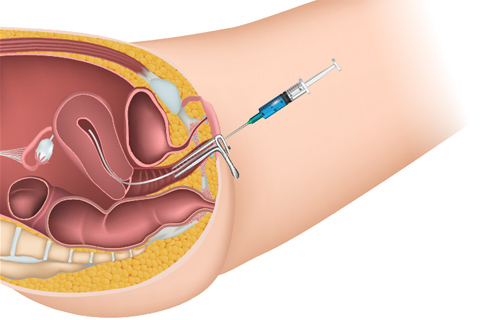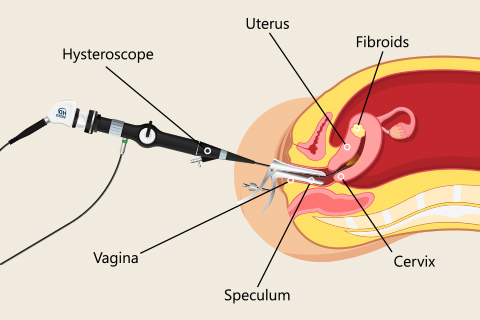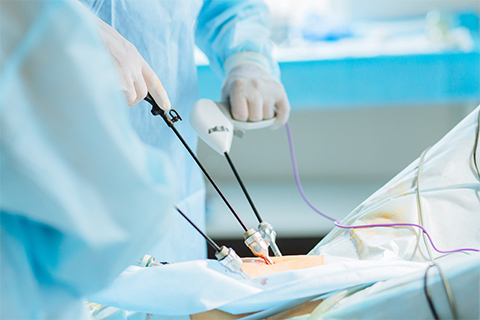Infertility
Infertility is defined as not being able to conceive after 6 to 12 months of having sex without birth control. If you and your partner have been trying to get pregnant without success, you may want to have an infertility evaluation.

Approximately 10 percent of couples in the United States are infertile. Infertility is defined as not being able to conceive after 6 to 12 months of having sex without birth control. If you and your partner have been trying to get pregnant without success, you may want to have an infertility evaluation.
Pregnancy results from a series of events. First, a woman must release an egg from one of her ovaries (ovulation). The egg must then travel through the fallopian tube . A man’s sperm must then join the egg in the fallopian tube (fertilization). Finally, the fertilized egg must move to the uterus and attach to the uterine wall. If there is any disruption in this chain of events, infertility may occur.
The purpose of an infertility workup is to evaluate each of these steps. Your infertility workup may include:
- Physical examination and health history focusing on menstrual, pregnancy , and sexual histories of you and your partner
- Home ovulation test kits
- Blood tests to check hormone levels
- Ultrasound of the uterus and ovaries
- Tubal assessment- 2 different tests are used by our practice. Sonohysterogram is done in our office and uses ultrasound technology. It is usually less expensive and does not involve radiation. Hysterosalpingogram (HSG) is done in a radiology suite and uses X-ray technology. Though usually more expensive HSG is considered more accurate. Both tests are scheduled early in the cycle, usually after completion of menstruation and before day ten. In both cases a thin tube is inserted into the uterus, and the uterus and fallopian tubes are injected with either water or dye to determine if the shape of the uterus is normal and the fallopian tubes are open. HSG is usually recommended if sonohysterography is inconclusive.
- Hysteroscopy (a thin camera is inserted though the cervix. The inside of the uterus is visualized and a tissue sample may be obtained)
- Laparoscopy (a small camera is inserted into the abdomen and the inside of the abdomen and pelvis can be examined directly).
- Semen analysis (your partner may be asked to provide a specimen so that the size, shape, and movement of his sperm can be determined)
A treatment plan is developed based on the test results.
Infertility can be treated in various ways including lifestyle changes, medication, surgery, and assisted reproductive technologies.
We often prescribe oral medications such as Clomid and Femara in our practice to induce ovulation in women with ovulation problems. Multiple births (twins) can occur in some women who take these medications. We are happy to talk to you about the medication that is most appropriate for you.
The use of these medications can be combined with intrauterine insemination (IUI) of sperm in order to improve the likelihood of conceiving. Surgery can also be performed to repair anatomical problems in a woman’s ovaries, fallopian tubes, or uterus. Similarly, some men will benefit from urologic surgery to correct infertility problems. Finally, because our practice works in close consultation with multiple Reproductive Endocrinologists/Infertility Specialists in the area, we are happy to make referrals to subspecialists when appropriate.
Let's stay in touch
Our monthly newsletter keeps you up-to-date on healthy lifestyle, latest news, and our practice.






